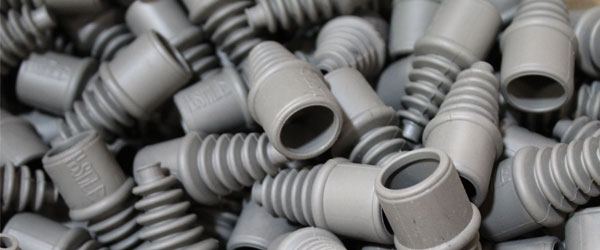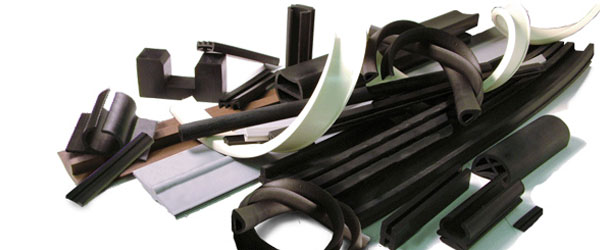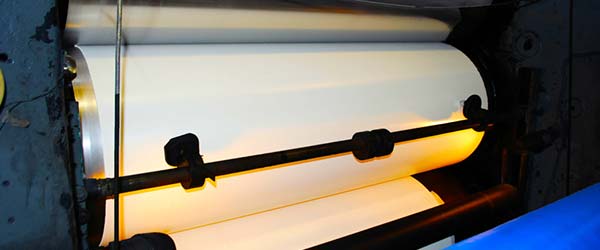Heijunka is a lean manufacturing technique that aims to create a production system that is responsive to customer demand, while at the same time reducing waste and increasing efficiency. The word “heijunka” is a Japanese term that roughly translates to “leveling” or “balancing”.
The heijunka system involves creating a production schedule that is based on customer demand, but that also takes into account the capacity of the production system. Instead of producing large quantities of one product at a time, the heijunka system spreads production out over a longer period of time and produces smaller quantities of each product. This helps to reduce the amount of inventory that is held in stock, and ensures that each product is produced in response to a specific customer demand.
By spreading production out in this way, the heijunka system also helps to reduce the impact of fluctuations in demand. For example, if a sudden increase in demand occurs for one product, the heijunka system will be able to respond more quickly than a system that is geared towards producing large quantities of one product at a time.
In addition to improving responsiveness to customer demand, the heijunka system can also help to reduce waste by minimizing the amount of inventory that is held in stock, and by ensuring that production is only carried out in response to specific customer orders. This can lead to significant cost savings for manufacturers, and can also help to improve the quality of the products that are produced.
Overall, heijunka is a powerful tool that can help manufacturers to create a more efficient and responsive production system, while at the same time reducing waste and improving quality.
 (909) 987-1774
(909) 987-1774 Email Us
Email Us







